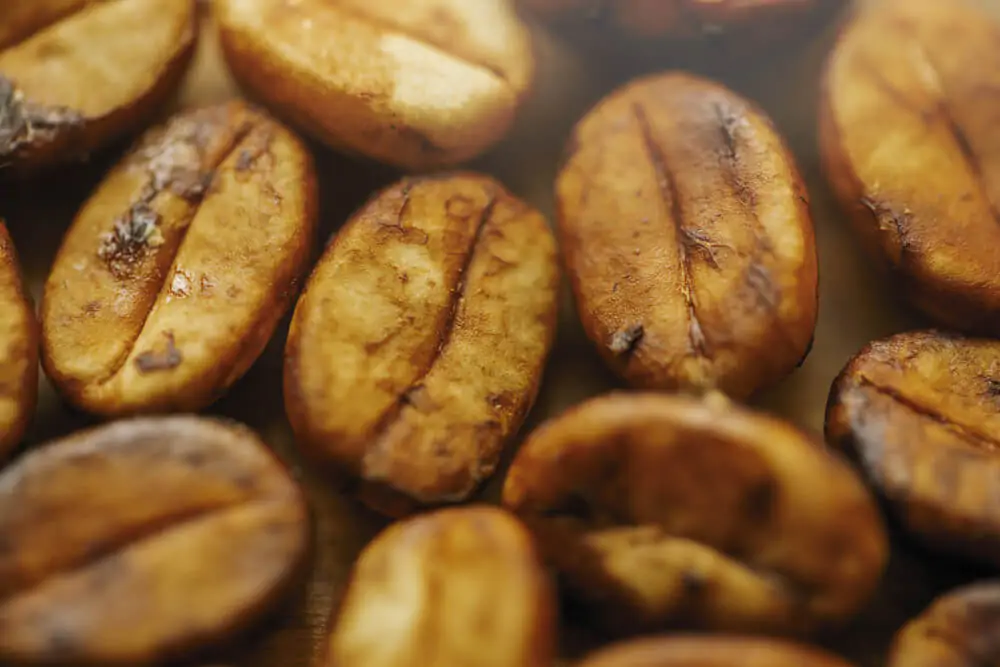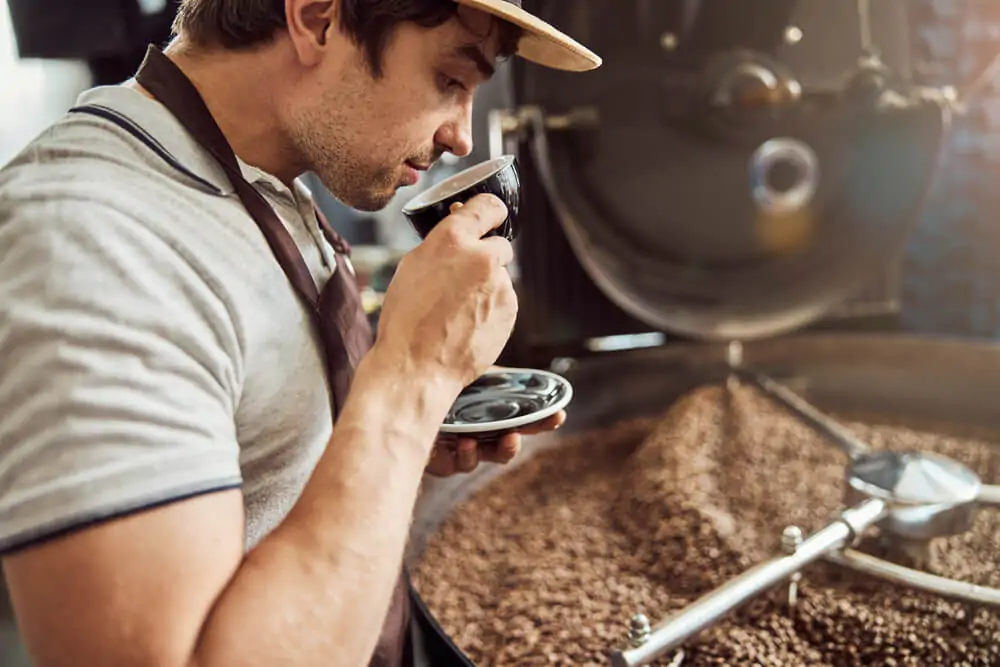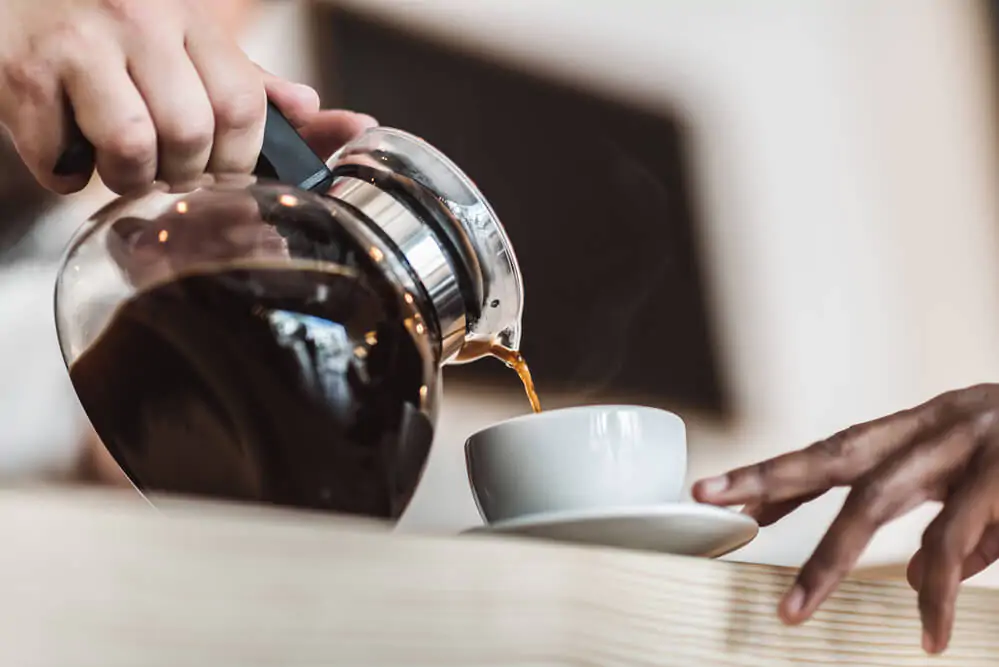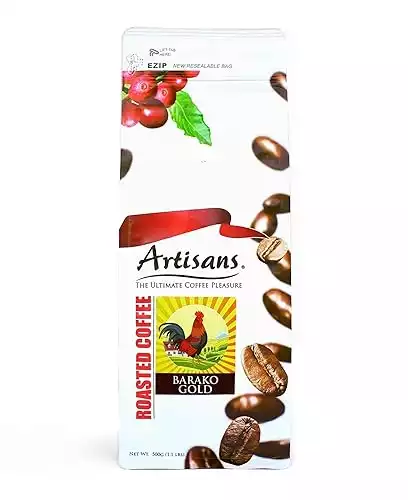Want to learn and know what is barako coffee? This article explains the history of this type of coffee and its traditions.

Generally, if you’re into coffee, you may have heard of a variety from the Philippines called kapeng barako or just barako coffee. Many coffee lovers swear by the niche bean and how it’s brewed. However, it’s rare and difficult to find. If you’ve never tried it, you may wonder what barako coffee is and what makes it so special.
This is a question with a somewhat complex answer, as barako coffee can apply both to a specific cultivar and to a traditional method of making and consuming that cultivar, but we’ll dig into it.
Read on to find out more!
Barako: A Beverage And A Bean
Part of the confusion around barako coffee comes from the fact that the name applies both to a specific variety of coffee beans grown in the Philippines and the traditional method of brewing and serving it. The name barako is a Tagalog word derived from Spanish varraco, which refers to a wild boar.
The name describes the strong, manly reputation of the coffee bean itself. Barako coffee is made with Coffea Liberica beans, a rare varietal in commercial growing operations. The coffee has a strong association with Batangas, but plantations in Cavite also grow the varietal.
You might also enjoy our guide on Peace tea.

In Batangas, the preferred local method of brewing and serving the coffee (a modified pour-over method, made with locally-produced brown sugar) has achieved its renown, so much so that many people associate the brewing with the barako coffee name as well.
Digging Deeper Into Barako
Barako coffee is a unique product, owing to the rare varietal of the coffee tree it comes from and the environment it grows in. The highlands of the Philippines, where barako grows, have their unique climate and conditions. The coffea liberica tree only grows in a few select areas around the world, most of them in Southeast Asia.

The primary reason coffee lovers seek out barako coffee is distinctive. The large, asymmetrical coffee beans have a strong flavor and deep, earthy aroma.
In addition, most barako fans report a flavor like aniseed, which doesn’t come up in other coffee varieties. It’s powerful in taste, though interestingly, the beans contain less caffeine by volume compared to different types. With that said, there will be variations in taste depending on the brand you purchased your coffee from and the roast.
For example, Artisans’ Gold Barako offering is a dark roast that tastes fresh and crisp. Kapeng barako doesn’t just refer to the coffee beans themselves, however. As mentioned before, it refers to how people from Batangas and other barako-growing regions make their coffee.
There are a few variations, but the traditional method is a modified pour-over system, using locally produced brown sugar and rarely milk or cream. If you like this post, you might enjoy reading about Liberica coffee.
Kapeng Barako Brewing
It’s relatively easy to duplicate the kapeng barako traditional brewing process at home. For example, some people simply brew their barako coffee in an automatic drip machine or French press.
Still, the truly traditional method only requires a kettle of hot water, cheesecloth, or other cloth that you can use as a filter, a strainer, a pot, or some container for brewing in, and another to serve from.
Before you get started, why not give our article on the most common mistakes made when brewing coffee at home.
- Place ground barako coffee in your brewing container, along with brown or muscovado sugar to your taste (start with a little and add more until you find the right balance).
- Arrange your cloth filter in your strainer, making sure not to leave gaps for the grounds to fall through.
- Place your strainer with the cloth over the pot or other container you’re serving from.
- Boil the water in your kettle.
- Pour the boiling water into your brewing container with the coffee grounds and sugar, stirring a bit at first to ensure the sugar dissolves and the grounds hydrate properly.
- Let the coffee brew for about five minutes.
- Pour the coffee and water through the cloth-lined strainer, and serve.
Traditionally, the coffee grounds and sugar would be boiled for a minute or two, but this is no longer the custom. Another variation is to dissolve the muscovado sugar in the boiling water before pouring it over the grounds, but I’ve found that adding the sugar to the grounds, and stirring gently, achieves the same effect with a little less mess.

You can also make your barako coffee in a french press or cafetière, as many people in the Philippines do today, following a similar process to the one here. Instead of straining the grounds, simply use the plunger that comes with your french press. Then simply enjoy.
To further enhance your brewing prowess, look at our article on moka pot coffee.


